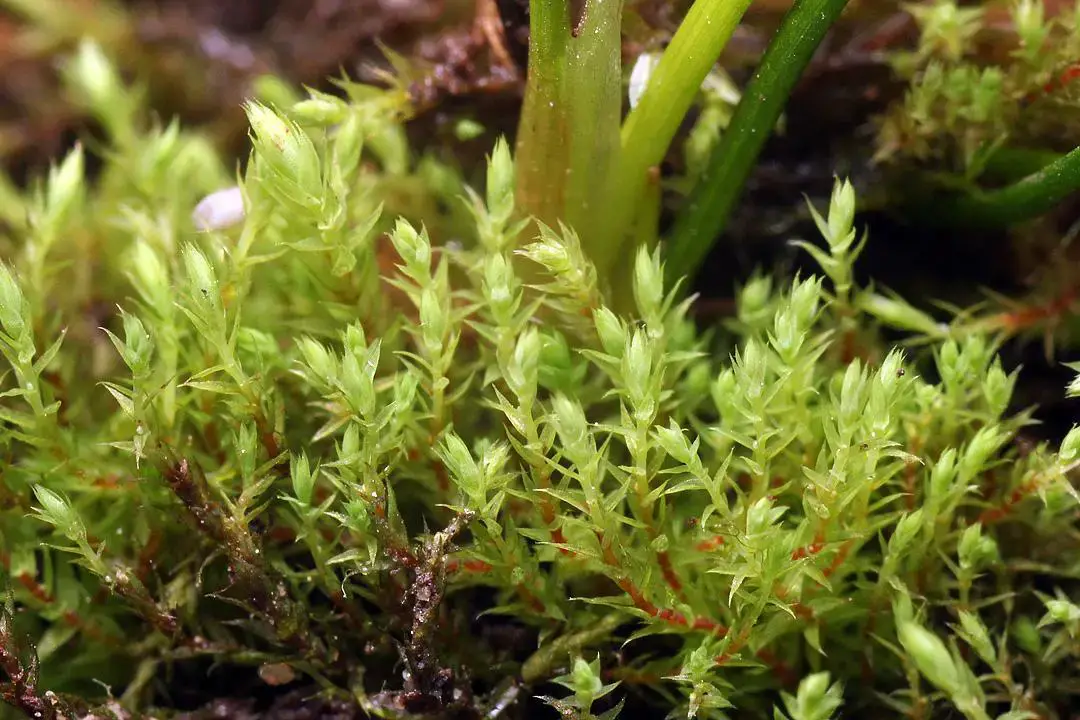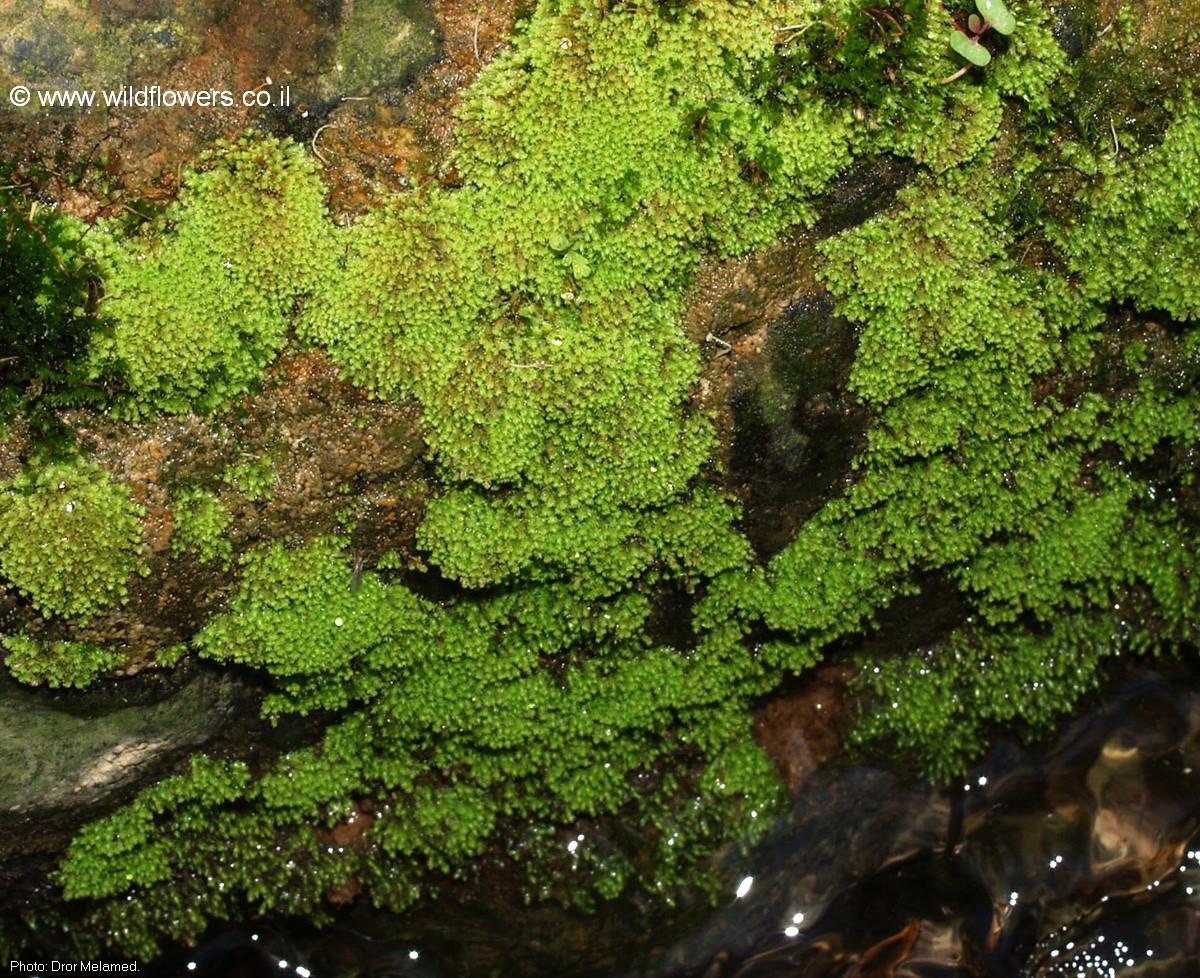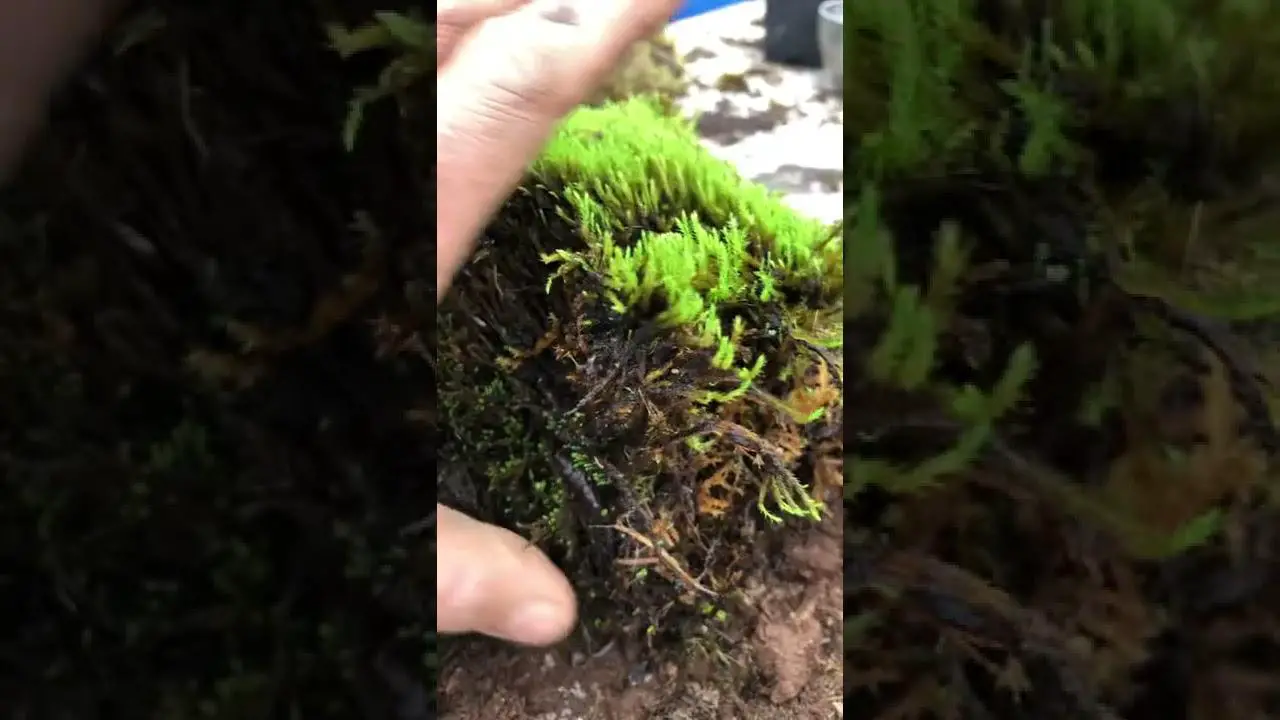
IMG_2152a.jpg from: https://southwalesbryos.blogspot.com/2018/10/puzzling-philonotis.html
Exploring the Fascinating World of Philonotis glaucescens Moss

3258-l-1.jpg from: https://www.wildflowers.co.il/hebrew/picture.asp?ID=19285
Introduction
Mosses are often overlooked, but they play important roles in ecosystems around the world. One particularly interesting species is Philonotis glaucescens (Hornsch.) Broth., commonly known as Philonotis moss. This small but mighty plant is part of the Bartramiaceae family and has some unique characteristics. Let’s take a closer look at this fascinating moss!
Background on Mosses

maxresdefault.jpg from: https://www.youtube.com/watch?v=rKENXJ6lG-o
Mosses are non-vascular plants in the division Bryophyta. Unlike other plants, they lack true roots, stems, and leaves. Instead, they have leaf-like structures called phyllids. Mosses reproduce via spores rather than seeds and are found in moist environments worldwide, from the arctic to the tropics. There are over 12,000 moss species!
Morphology and Identification
Philonotis glaucescens forms small tufts or cushions, typically 1-3 cm tall. Its phyllids are lanceolate (lance-shaped) and have toothed margins. A key identifying feature is the glaucous (whitish) sheen on the phyllid tips, which is where the species name “glaucescens” comes from. The
thumbnail.php from: https://davesgarden.com/guides/pf/go/72702/
stems are reddish and the capsules (spore-bearing structures) are spherical and reddish-brown when mature.
Global Distribution and Habitat
This moss has a wide distribution, being found in many parts of Europe, Asia, Africa, and the Americas. It grows on damp soil, rocks, and tree bases in various habitats like woodlands, grasslands, and along streams. Philonotis glaucescens prefers neutral to acidic substrates and partial shade but can tolerate some sun exposure.
Ecological Roles and Adaptations
Like other mosses, Philonotis glaucescens plays important roles in its ecosystems:
- Erosion control: Its dense growth helps bind soil and prevent erosion.
- Water retention: The moss acts like a sponge, absorbing and slowly releasing water, regulating moisture.
- Habitat for microorganisms: Many tiny invertebrates make their homes in moss cushions.
- Carbon cycling: Mosses take in CO2 and release oxygen, helping regulate the atmosphere.
Philonotis has several adaptations that allow it to thrive:
- Desiccation tolerance: It can survive drying out and quickly rehydrate when moisture is available again.
- Efficient water and nutrient uptake: Lacking true roots, it absorbs water and dissolved nutrients directly through its phyllids.
- Asexual reproduction: In addition to spores, it can regenerate from broken-off fragments, allowing it to spread locally.
Conclusion
From its distinctive glaucous sheen to its important ecosystem functions, Philonotis glaucescens is a prime example of how remarkable mosses can be. Next time you’re out in nature, take a moment to appreciate the miniature world of mosses beneath your feet! Can you spot any patches of whitish Philonotis? These unassuming little plants have so much to teach us.